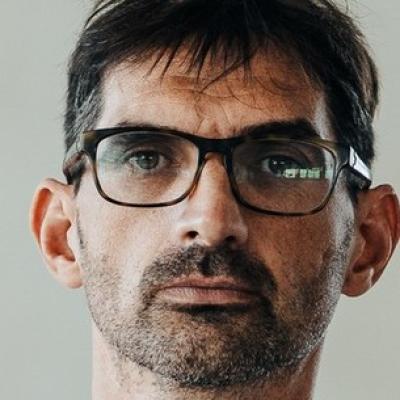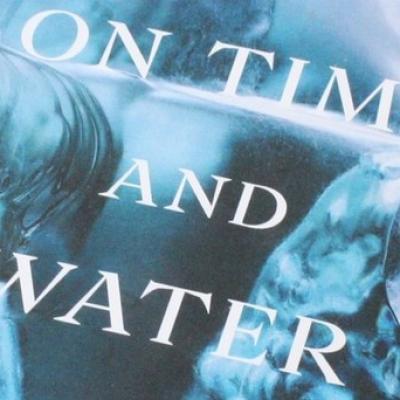EKO 8 exhibition
EKO 8, International Triennial of Art and Environment / A Letter to the Future
Former MTT factory
Maribor / Melje
May 21 − 18 July 2021
Artists: Allora & Calzadilla, Lucien Anderson, Manca Bajec, Maxime Berthou & Mark Požlep, James Bridle & Navine G. Khan-Dossos, Kara Chin, Jasmina Cibic, Marcus Coates, William Cobbing, Vadim Fiškin, Laura Harrington, Stane Jagodič, Mikhail Karikis, Janja Kosi, Harley Kuyck-Cohen, Polonca Lovšin, Yoko Ono, Antonis Pittas, Marjetica Potrč, Mako Sajko, ScanLAB Projects, Nina Slejko Blom & Conny Blom, Danae Stratou, Emilija Škarnulytė, Marko Tadić, Jimmy Turrell, Chris Watson
Creative director: Alessandro Vincentelli
In 2021, the Maribor Art Gallery will relaunch the EKO, International Triennial of Art and Environment. The artistic director of the EKO 8 Triennial, Alessandro Vincentelli, an independent curator from the United Kingdom, gave the revised edition of the triennial the title A Letter to the Future. The title comes from a memorial plaque with which Icelanders marked a special moment of the loss of the Okjökull glacier in Borgarfjörður. Icelandic writer Andri Snær Magnason wrote on the plaque: "Okjökull is the first Icelandic glacier to lose its status as a glacier. In the next 200 years, all our glaciers are expected to follow the same path. This monument is to acknowledge that we know what is happening and what needs to be done. Only you know if we did it." In August 2019, the event captured media attention, generated solidarity and resulted in community action. It is a powerful plea. The eulogy to the glacier throws us forward into the future. It encourages us to use our imagination.
Many experts observe that geological time is catching up with human time. “Earth's mightiest forces have forsaken geological time and now change on a human scale. Changes that previously took a hundred thousand years now happen in one hundred. Such speed is mythological; it affects all life on Earth, affects the roots of everything we think, choose, produce, and believe.” (A.S. Magnason). It may be said we need new stories and new myths to allow us to comprehend this new predicament. Artists, in the widest sense, have a fundamental role to play in telling these stories.
Presented in May 2021 will be an assembly of international and Slovenian artists, all alert to the question raised by the Letter on the premises of the former MTT factory in Melje. In the face of the uncertainties created by the global pandemic, and with the new and enhanced need to recognize signs and learn from history, the EKO 8 Triennial will be designed as a barometer of change.
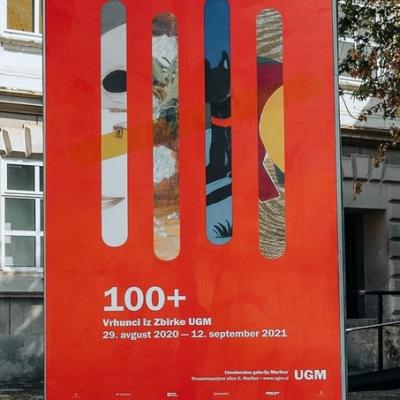
EKO 8 / Producer of the Triennial
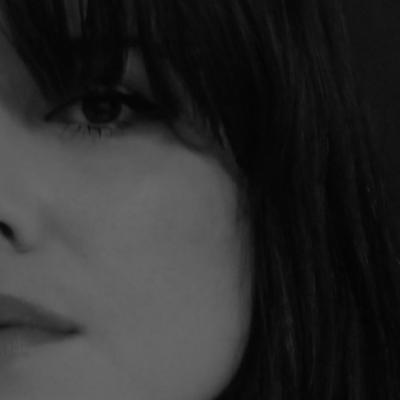
EKO 8 / Visual Identity Designer

EKO 8 / Team
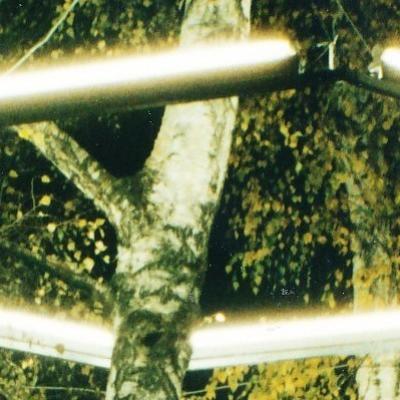
EKO 8 / A Short History of the Triennial
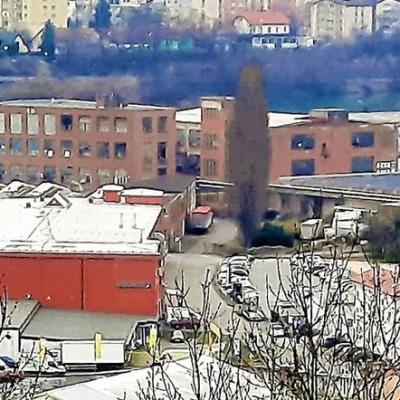
EKO 8 / Location
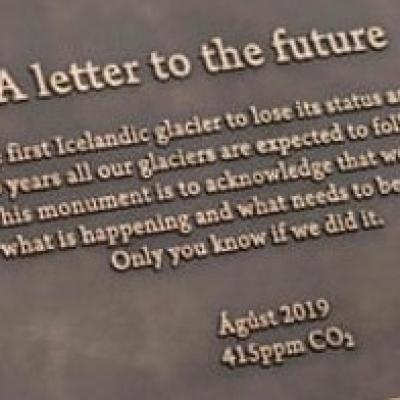
EKO 8 / A Letter to the Future
